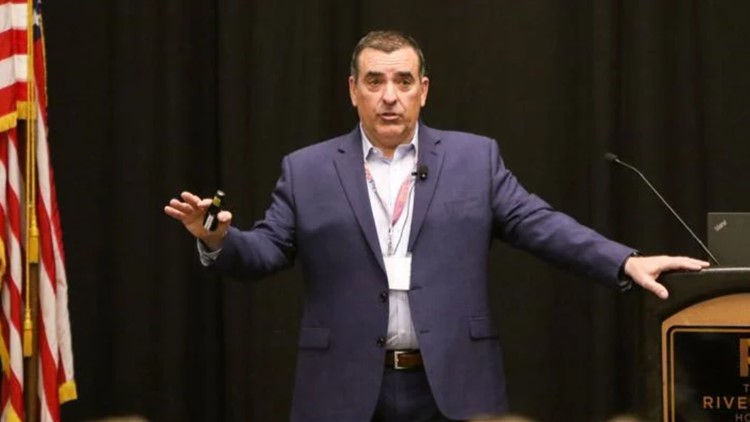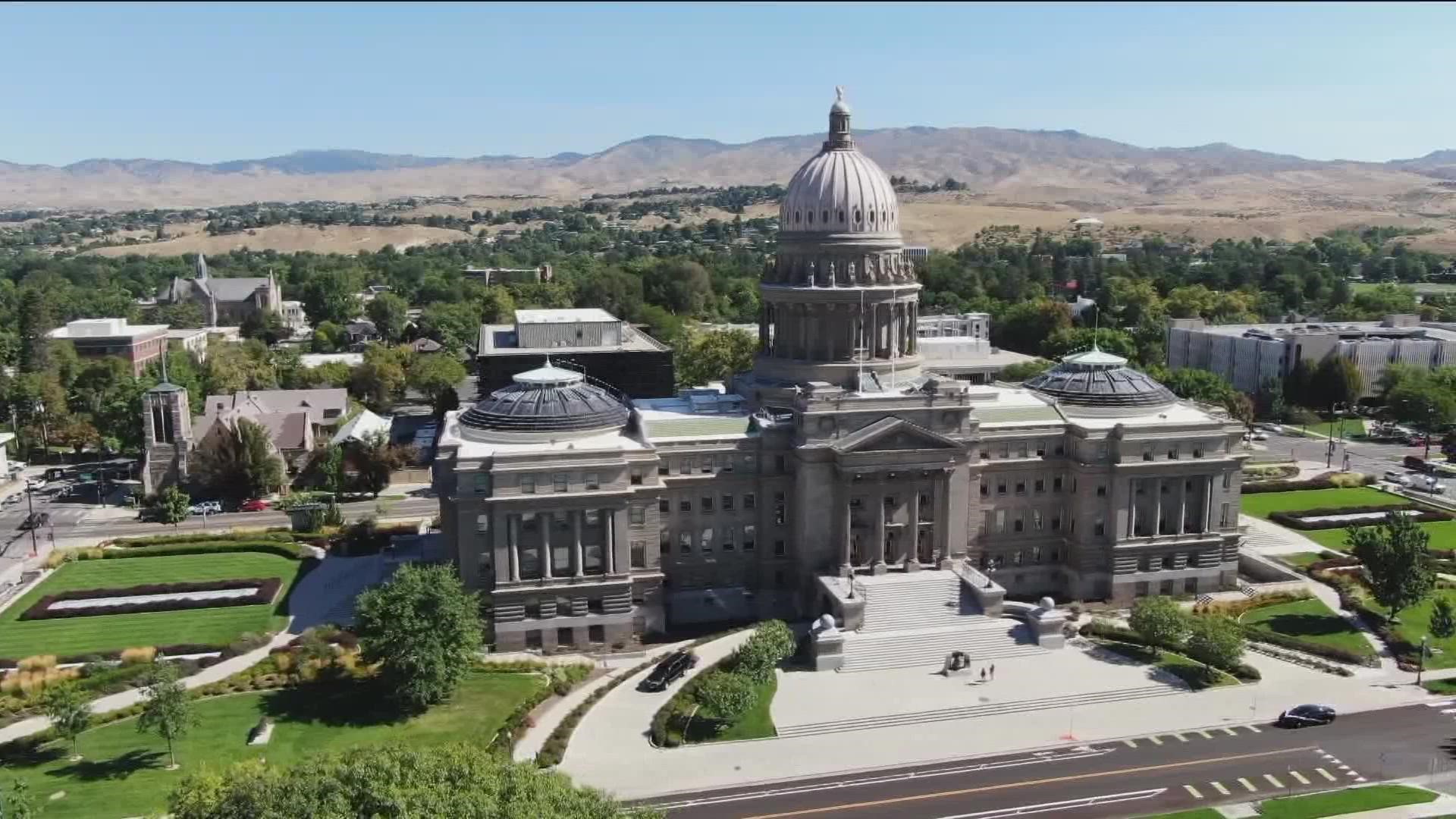BOISE, Idaho — This article originally appeared in the Idaho Press.
John Fudenberg had been awake for 36 hours when he was given 15 minutes to prepare to speak at a press conference.
Fudenberg was the coroner for Clark County, Nevada, home to Las Vegas. It was October 2017, days after a gunman opened fire onto the crowd at the Route 91 Harvest Festival in Las Vegas from the 32nd floor of the Mandalay Bay hotel. Over 50 people died and more than 800 were injured. Fudenberg and other officials had been working to respond to the disaster in the days since.
Fudenberg agreed to speak at the press conference because he wanted to notify the community about the resources available to them through the Family Assistance Center that was opened at the local convention center. Having such a center in place and being able to tell the public about it were key parts of the county’s response to the disaster, he said.
Fudenberg offered his advice to counties on “mass fatality preparedness” at the Idaho Association of Counties’ Midwinter Legislative Conference at the Riverside Hotel on Wednesday afternoon. County commissioners and other personnel from across the state attended.
“You’re going to have to set up press conferences,” Fudenberg said. “So who does them? What’s the message? What are you trying to accomplish?”
Fudenberg offered a variety of advice to help communities large and small prepare for such events, and to help those affected in the aftermath.
“I can tell you that no one’s prepared to deal with a mass fatality incident, but do you have some plans? Have you even talked about what your county will do?”
Some counties have emergency managers, Fudenberg said. Those employees should have a mass fatality plan that will act as a guide for the county following such an event.
This could include mobilizing resources such as refrigeration and ways to transport bodies, he said.
State departments of health often have funds that counties can access for purchasing equipment they may need in an emergency, he said.
Counties should also consider which entities near and far will be able to lend personnel and expertise in the wake of an event, he said. For the 1 October incident, outside help included staff from the LA County Coroner’s Office, the New York City Office of the Medical Examiner, and the Denver County Medical Examiner’s office, Fudenberg said.
Police and fire should also be closely coordinating with the coroner’s office, Fudenberg said. This facilitates work that needs to be done following such an event, such as coroners showing up to an incident site at the appropriate time, and processing bodies, Fudenberg said.
Counties also need a plan for how to quickly and efficiently record missing persons reports, he said. This involves publishing a number that the public can call to give basic information about someone they are concerned is missing, and someone recording that information in a single database. It is important to avoid having multiple law enforcement agencies in various locations recording such information into different databases, Fudenberg said.
A Victim Assistance Center and Family Assistance Center should be set up separately, Fudenberg said. A Victim Assistance Center’s goal is to collect more detailed information from families about potentially missing people to help facilitate the identification process.
A Family Assistance Center’s goal is to provide support to the community. Features include a place for children to be cared for while families are talking with staff and more secluded areas for families to grieve if they are notified a family member died in the incident, Fudenberg said.
Counties should have a plan for where a Family Assistance Center will be set up and who will be staffing it. Generally, people who work with the coroner and law enforcement will be unable to assist with that because they will have other obligations in the days following an event, he said. Public health or social services professionals can be a good choice, he said. The Red Cross and FBI emergency response personnel can also assist with services at the center, including food and childcare, he said.
Following such an incident, making mental health resources available and free to employees is a good idea, Fudenberg said. The Clark County Coroner’s office participated in meditation and yoga three times per day for two years after the event, and employees had access to free counseling services, he said.
Having readily available mental health resources is important for coroners and law enforcement in general, given the traumatic situations they are exposed to through work, he said.
“For us to expect the coroner, or police, or fire, or anybody, frankly, to deal with that over and over again and stay in a profession for more than three years — it’s not realistic unless you take some proactive measures to address their mental health.”
Minidoka County Commissioner Dan Schaeffer thanked Fudenberg for speaking at the event, saying, “I’m sure each and every one of us can take something back that we need to change in our individual counties … that we just figured out we were lacking. I would like to thank you for bringing this awareness, but also, I’d like to pray we never have to use it.”
“As would I,” Fudenberg replied.
This article originally appeared in the Idaho Press, read more on IdahoPress.com.
Watch more Local News:
See the latest news from around the Treasure Valley and the Gem State in our YouTube playlist:



